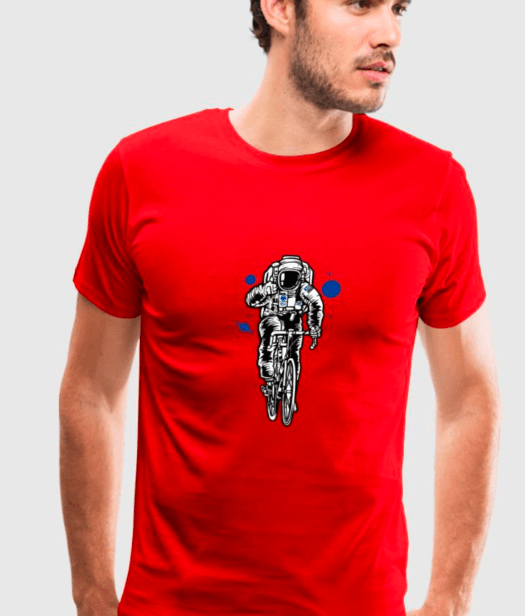
While looking at some pacific community bike projects, I came across the Pedal4PNG Bike Ride.
It sparked my interest as it was relatively small and specific and offered a unique riding opportunity through Papua New Guinea. It also provides some ideas for other organisations (like Village Bicycle Project in Lunsar, Sierra Leone who I have just returned home from) might consider as a way to increase exposure, contacts and fundraising.

Pedal4PNG Bike Ride
The Pedal4PNG Bike Ride was a 6-day event held in 2018 and run by Australian Doctors International (ADI) to raise funds for PNG‘s Healthy Mums and Healthy Babies programs.
ADI provide support in PNG which is only five km north of Queensland. But unlike Aussie kids, 6% of Papuan children won’t live to reach the age of five. ADI explain this in simple terms: for every soccer team of kids, that’s one not making it as far as kindy age.
Children die in PNG every day from preventable diseases such as diarrhoea, measles and pneumonia. Meanwhile, their mothers face a mortality rate of 250 mums per 100,000 live births, with under 50% of births medically supervised.
Proceeds of the ADI Pedal4PNG Bike Ride went to supporting the critical work Australian Doctors International carries out in PNG to provide better health outcomes for young children and mums.
Currently, ADI is working on the frontline with local authorities on a COVID-19 PNG taskforce.


ADI Integrated Health Patrols
Australian Doctors International has a unique model: conducting monthly patrols to rural and remote areas, where healthcare is generally inaccessible.
This is locally sustainable health care in action – prevention and treatment in the isolated communities where over 85% of the PNG population lives.
ADI teams provide a mix of skills and staff to deliver hands-on health care and save lives.
ADI doctors deliver clinical capacity building for front line PNG health workers to improve health service delivery in the areas of child and maternal health, malaria, TB and lifestyle diseases.

The Bike Trip
This bike trip was from Namatanai (in the north) down to Kavieng (in the South) covering a total of 260kms on roads throughout the New Ireland Province.
The trip was advertised as a ‘bike adventure’ and given the tropical heat (30C +) and physical challenge of riding through some varied terrain including some hills and it was best the riders knew about the conditions. But the riding was mostly on sealed roads, so the actual surface was not that difficult. There were a couple of longer days (up to 100 km), so doing some training was advised.
As with any international in-country charity bike ride, built into the itinerary was time for cultural events, meeting locals, time to explore local surrounds, have R&R and opportunities to surf, relax and visit some handi/craftsmiths.
This ride had a few other perks I hadn’t seen before, particular to only PNG of course, which was the option to go and watch chocolate making at Rubios as well as do some local scuba diving and fishing and explore the WWII sites and history along the island.
What I appreciated is that the trip number was capped at ten which is a good number for an adventure ride – enough to have some diversity in personalities, but not too much that the group is so large that it takes hours to get ready or do anything.

Trip Details
- Sunday 13 May: arrive in Kavieng, welcome dinner and overnight at Nusa Island Retreat
- Monday 14 May: transit to Namatanai, with visits to several different health clinics, afternoon visit to hospitals, unpacking of bikes and overnight at Namatanai Lodge
- Tuesday 15 May: ride to Rubio’s (40km)
- Wednesday 16 May: plantation tour, chocolate making, ride 110km to Fissoa
- Thursday 17 May: 100km ride into Kavieng, visit giant eels, final dinner Nusa Island Retreat
- Friday 18 May: depart (although we recommend staying the weekend for some diving!)
Along the way, riders stopped to visit healthcare clinics and hospitals that were supported by ADI, so they got to see first-hand some of the health issues and programs that were underway to meet the needs of locals.
Overall is looks like a great adventure ride to do. What appeals to me most is the small group number and how riders can go and visit clinics to better appreciate local health issues. ADI noted in their Annual Report 2018 that the ride had been a success.
It might take a lot of work to organise and I know these rides are not for everyone, but it is good to some diversity in charity bike ride offerings beyond the (dare I say ‘stale’) mass rides for cancer research events.
Best of luck ADI!

All images courtesy of ADI.


















































